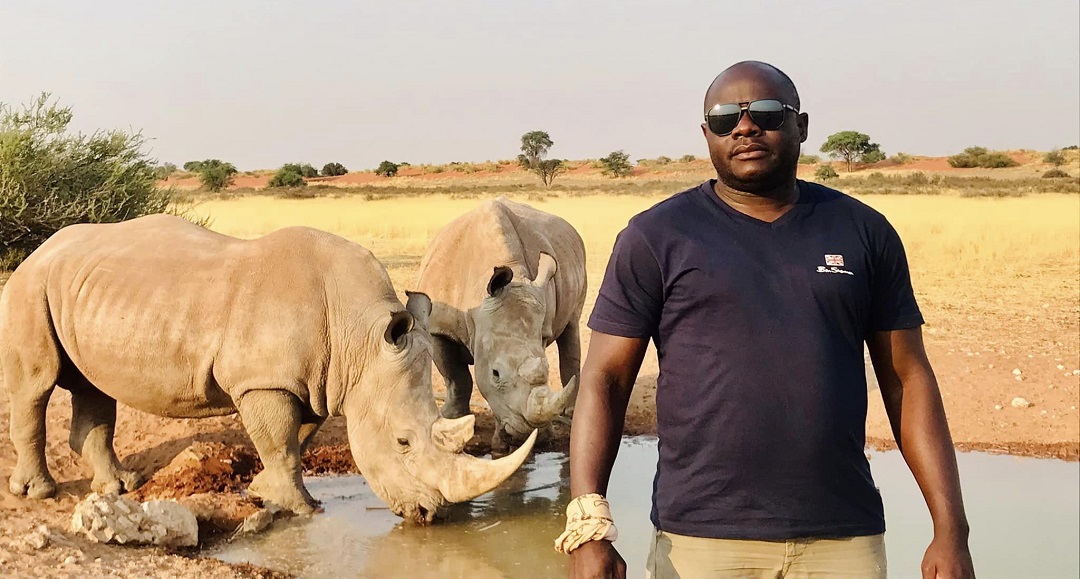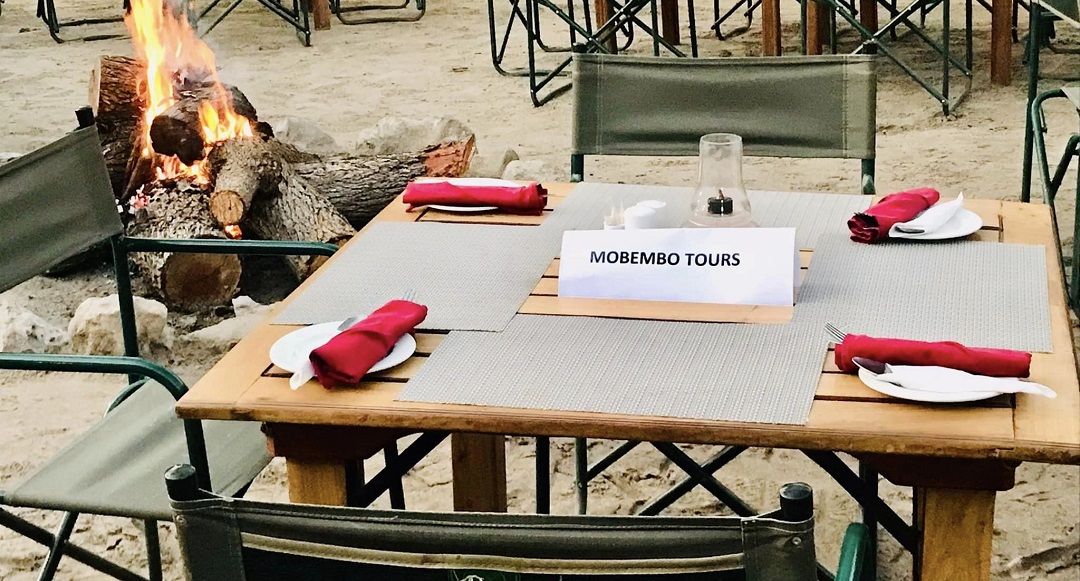Our Guided Tour Services
Tailor-made trip
Our trips are established according to the wishes and the budget of the participants, and are always designed in a logic of balance of the program. They are perfect for customers who want a private trip that is flexible in the flow of days and tours. The budget to consider is often higher for the the tour services. They are aimed at both individuals and groups (group of friends, photographers, works council, etc.).

The lodges and hotels
The lodges and hotels offered are selected on the basis of quality criteria (reception, comfort and service, etc.) or their geographical location (close to the sites to be visited, balance of distances from one stage to another). Depending on the budget of the participants, the lodge formula can be done in standard accommodation, in a superior category or in a luxury category.

To Discover in Namibia
One of the most visited sites in Namibia. One of the oldest deserts in the world, home to the (mostly) dry lake of Sossusvlei at its center. Around it stand gigantic and fabulous dunes (some of which exceed 300m high), which decline their range of ocher colors depending on the time of day. 4.5 kilometers from the entrance to Namib Naukluft Park is the Sesriem Canyon. Formed by the Tsauchab river which has dug a gorge 30 meters deep, it is a pleasant place to walk.

Etosha National Park is ranked among the largest animal reserves in Africa, with 22,270 km², the park is a true wildlife sanctuary where 114 areas of mammals live, 340 varieties of birds… it extends around a vast dry lake of white color which gave it its name. Spending 2 or 3 nights in the park during the dry season is highly recommended.


PALMWAG
Palmwag is distinguished by its immense expanses covered with a layer of almost identical stones of reddish color. The palmwag concession is home to black rhinos, desert elephants, mountain zebras, springboks, oryx, kudu, raphiceres and a large population of predators: lions, cheetahs, leopards, hyenas… No fence delimits the concession. Game and predators therefore live here in complete freedom.

TWYFELFONTEIN
The site of twyfelfontein is famous for its many rock engravings (now listed as a UNESCO World Heritage Site). The visit is on foot. We advise you to take an excursion to discover the landscapes of Damaraland and in search of wildlife such as desert elephants, the excursion is done in a 4×4 vehicle with a guide (subject to weather conditions).

Discovered in 1486 by the Portuguese navigator Diego Cao. Cape Cross is home to the largest of Namibia’s 15 fur seal colonies.

Is the northern part of the Atlantic coast from Namibia south to Angola, from the Kunene River in the south to the Swakop River. This coast is originally named as such, because it is associated with the frightening popular imagery of shipwrecks, or boats running aground in the fog. However, the beaches were unfortunately actually littered all along with the carcasses of whales killed by hunters, as well as the skeletons of sea lions. There are still some wrecks of stranded ships partially covered by sand.



Swakopmund quickly became the access point to South West Africa and the entire supply of the German colony was routed through this small town. The train to Windhoek (the capital of Namibia) was implemented in 1902, today more than 30,000 inhabitants live in the city. Swakopmund is a population resort with a slight nostalgic and very slow atmosphere, characterized by many German colonial style buildings. The width of the streets is absolutely incredible, wider than in many capitals or even highways, with electric poles planted in the middle.

Thousands of flamingos (pink and dwarf, whose size and color differ due to the diversity of their diet), pelicans, cormorants, sea lions, dolphins, mola-mola and again whales frequent its waters. Walvis bay is above all the large deep-water port of Namibia, a mecca for imports and exports (minerals) of Southern Africa. Also a major fishing port, Walvis bay is a quiet industrial town that is beginning to open up to tourism. But some prefer its calm to the bustle that animates Swakopmund during the Austral summer months.

Sandwich Harbor is the place many have heard of, but very few have had the opportunity to visit. It is one of the most unique lagoons in Southern Africa, landlocked between the ocean and the dunes of the Namib desert, a place of concentration for migratory birds.

The Caprivi Strip (named in honor of German Chancellor Leo Von Caprivi) with a length of 500 kilometers and a width of kilometers, offers a different face from the rest of Namibia. It is a strip of land that slips between Angola, Botswana and Zambia and touches Zimbabwe. Bathed by the Kwando and Zambezi rivers, it extends the Namibian territory towards the East of Southern Africa. It is a veritable African wildlife sanctuary where the Mudumu and Mamili nature reserves protect the abundant wildlife that comes to enjoy the marshy regions from Botswana, Angola and Zambia.


The Kokerboom takes its name from the quiver tree because hunters used its light branches to make quivers. This large aloe, its scientific name is Aloe dichotoma, grows very slowly on rocky soils. Its trunk is fibrous in order to retain water and discourage animals.

Kolmanskop a diamond on the sand. The ghost town of Kolmanskop was founded in 1908 by German settlers, which explains this typical architectural style. The city is located 10 kilometers from the port of Lüderitz in the middle of the “Sperrgebiet”, the forbidden zone operated jointly by the Namibian government and the mining company De Beers. One fine day in April 1908, Zacharias Lewala, a laborer who was working on the construction of a railway line, found a diamond and brought it back to his supervisor, the German railway inspector August Strauch. The Germans were not long in establishing a colony there to exploit the field thus discovered.

Our Actual Tours
The Great South of Namibia
Namibia Classic: 7 Days – 6 Nights
Austral Vision: Botswana, Namibia, Zimbabwe
Namibia in 10 Days

